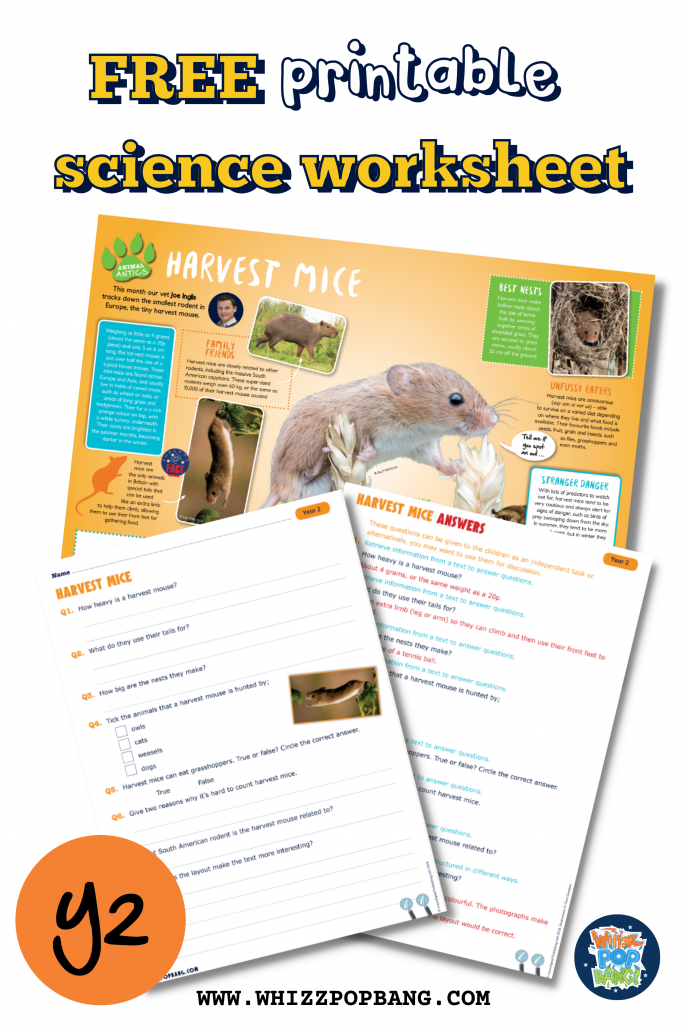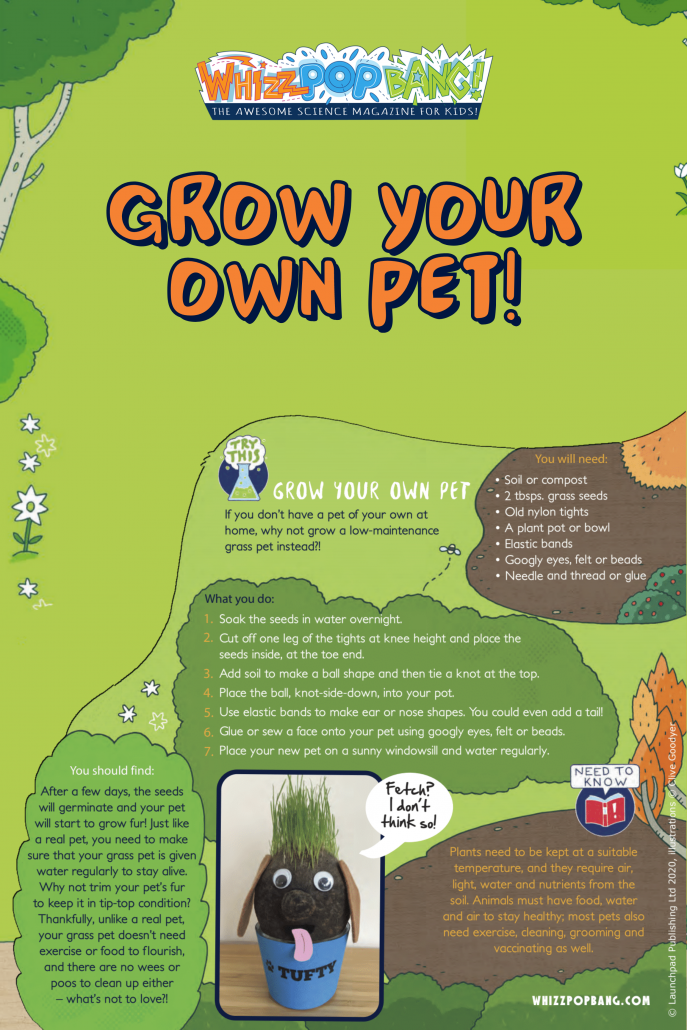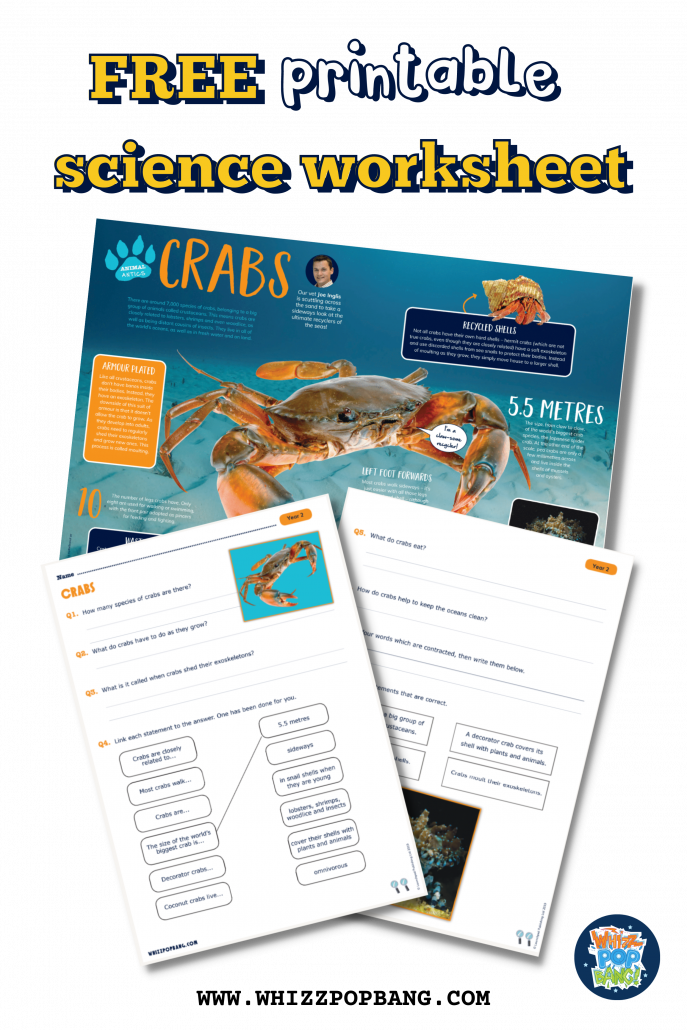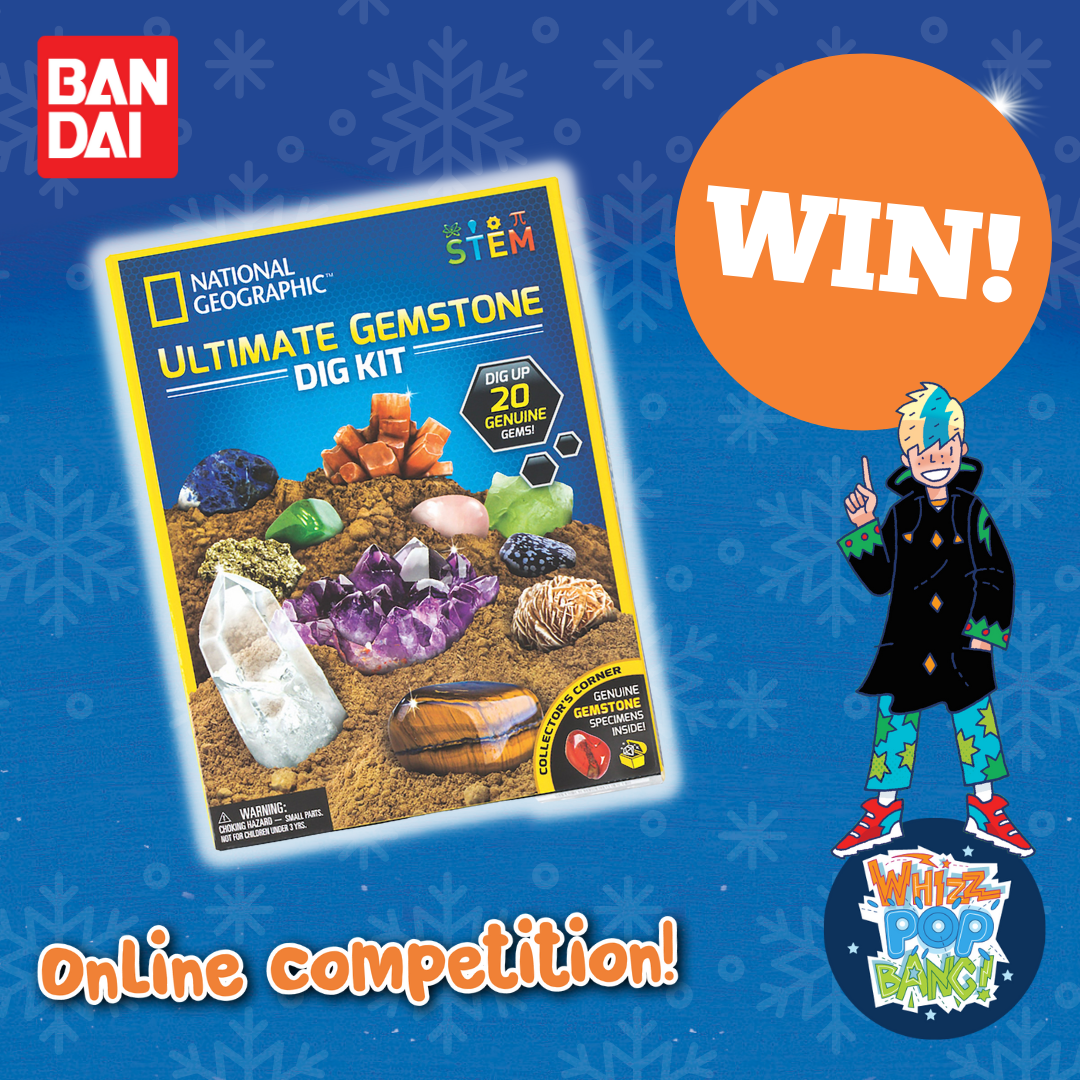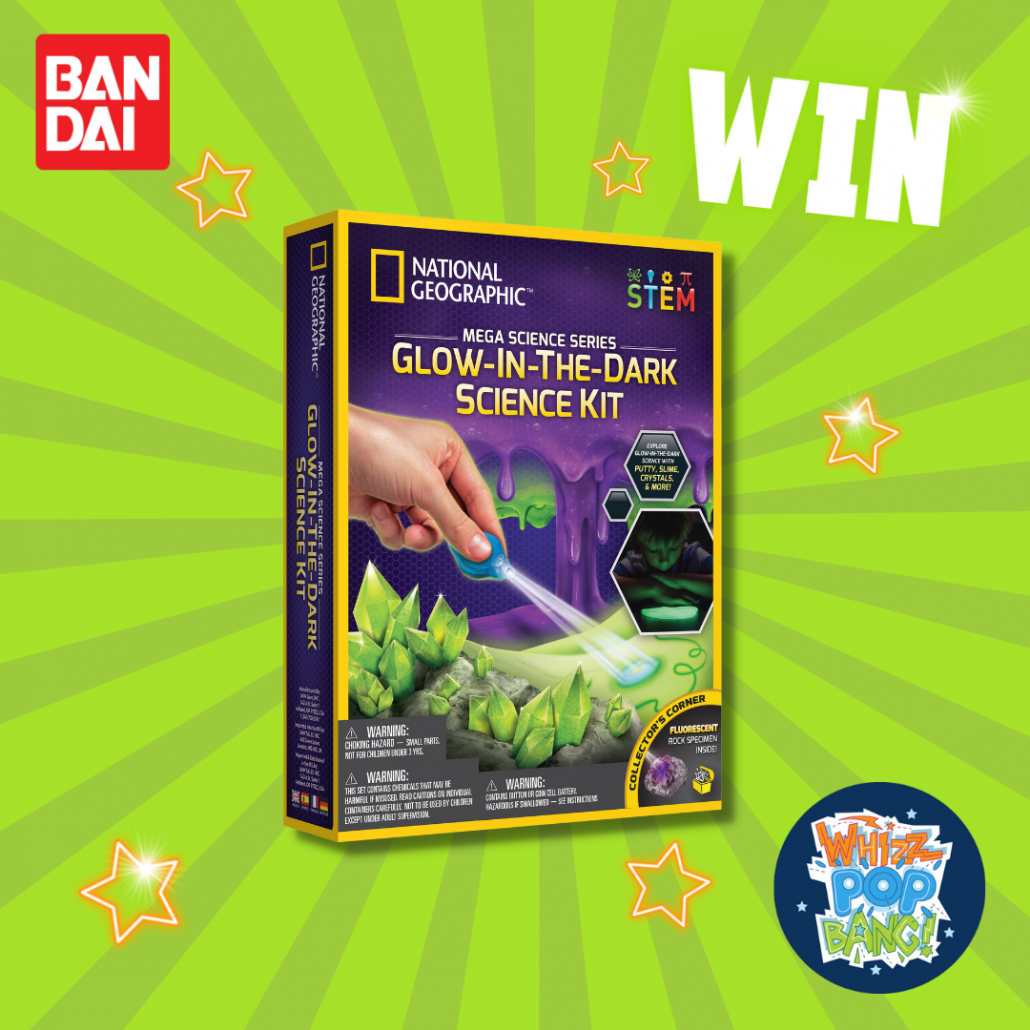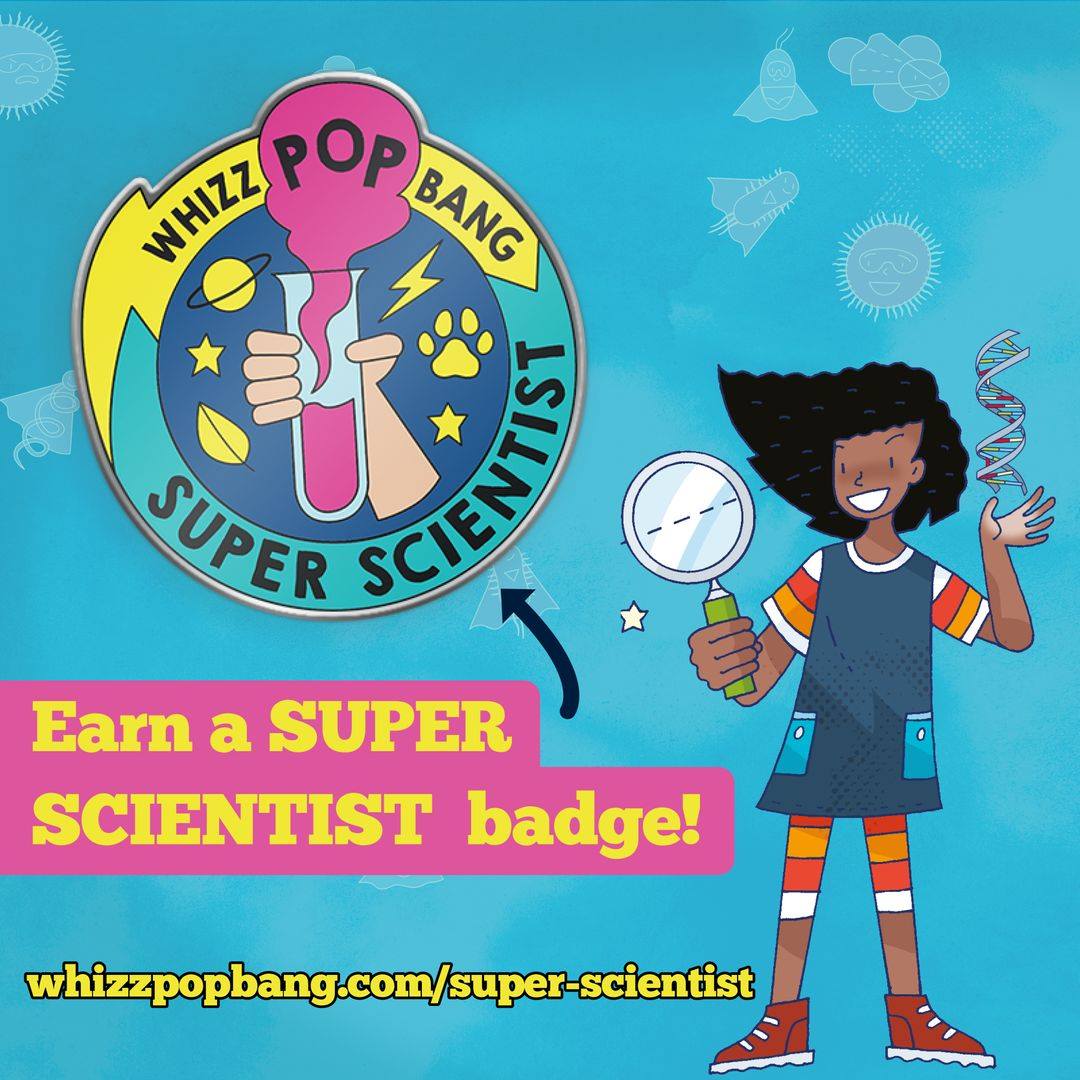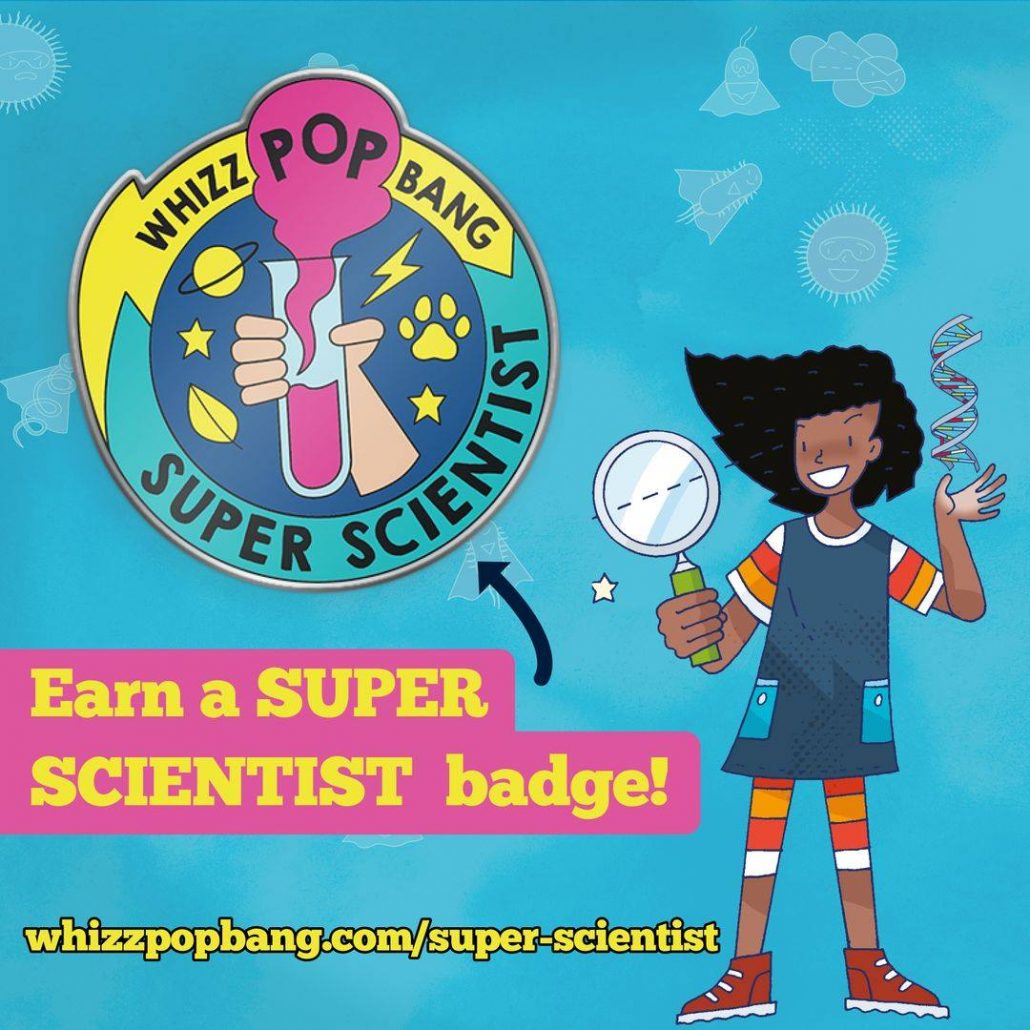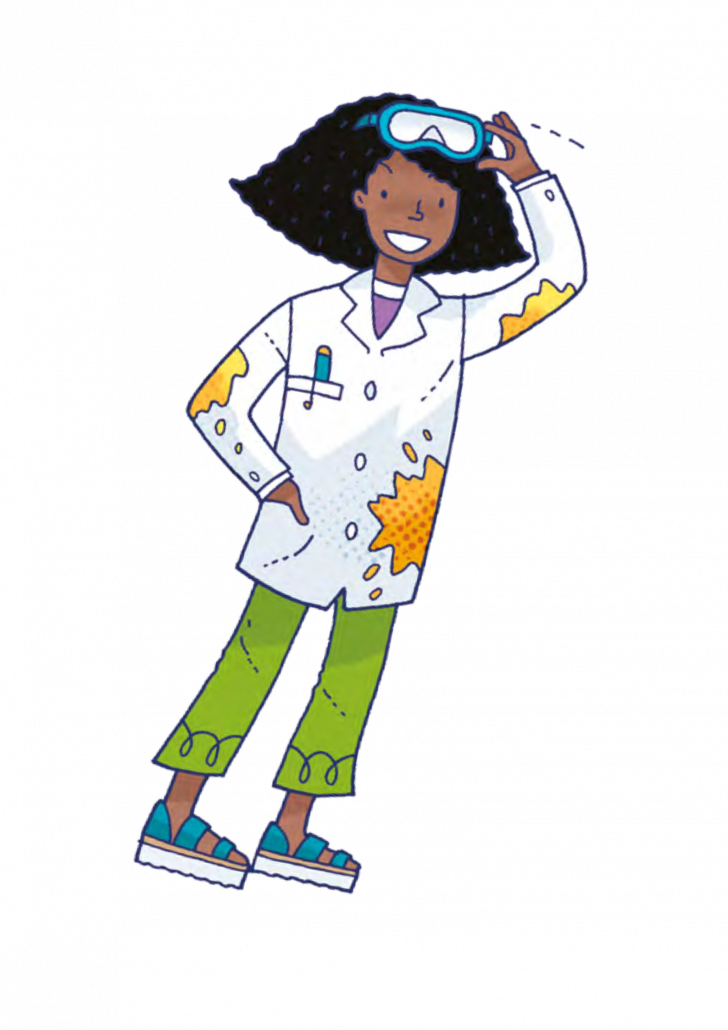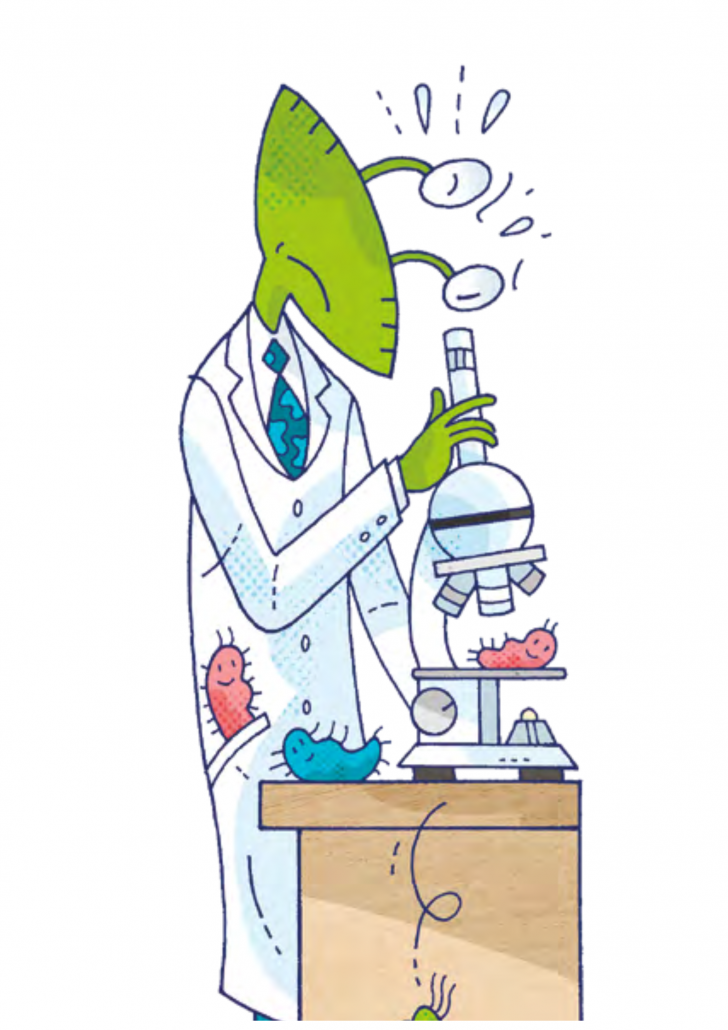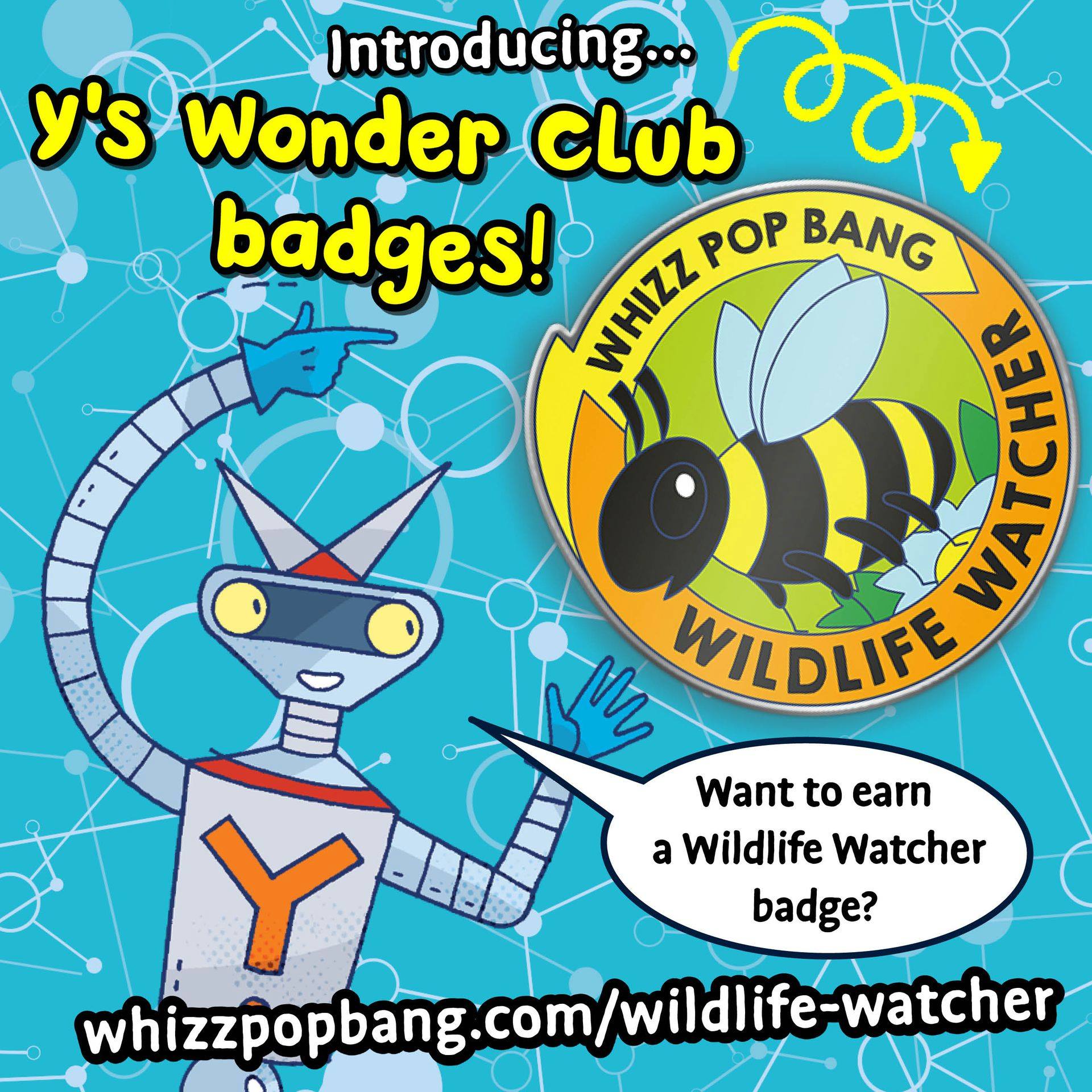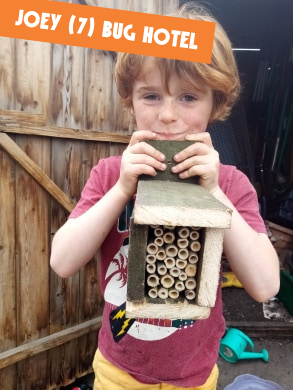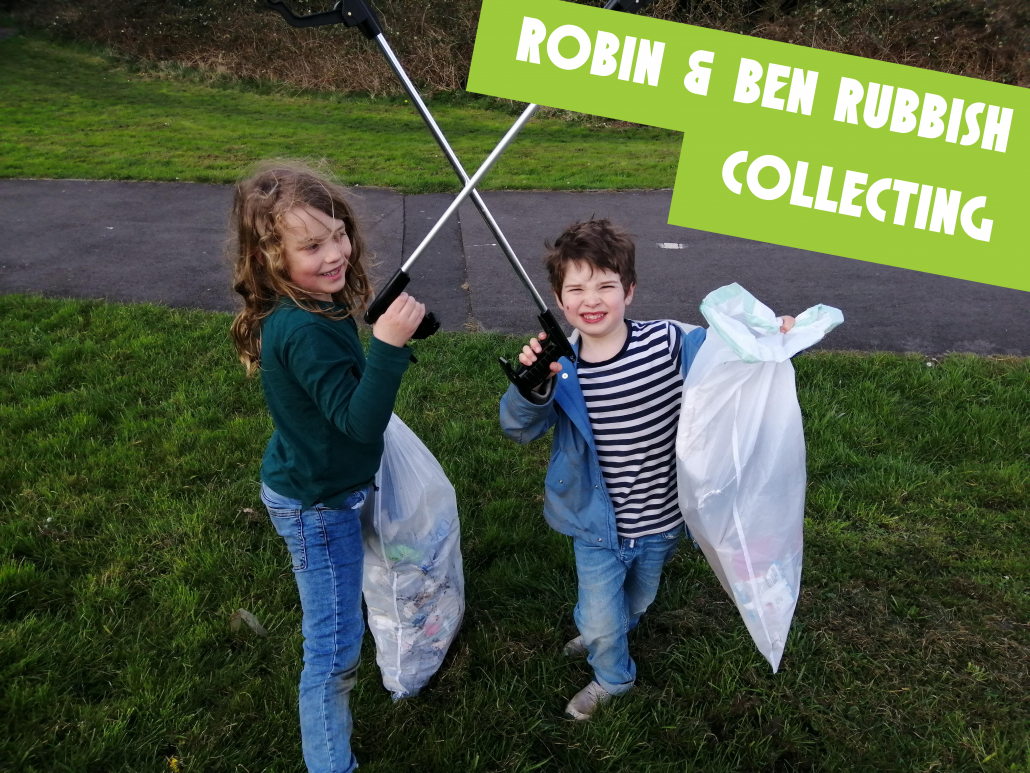Whizz Pop Bang is the world’s most awesomely amazing kids’ science magazine, bursting with hands-on experiments, facts and fun, and we want to help support you when teaching your children about science!
Here is a FREE printable, hands-on science experiment to make a model wind turbine which will help you entertain, excite and educate any primary aged child!
Our science activities are downloadable and printable and are designed for children from 6 to 12, but this downloadable activity is particularly perfect for year 2, P3 (Scotland) and 6-year-olds and 7-year-olds as they tie in with the relevant National Curriculum objectives and topics.
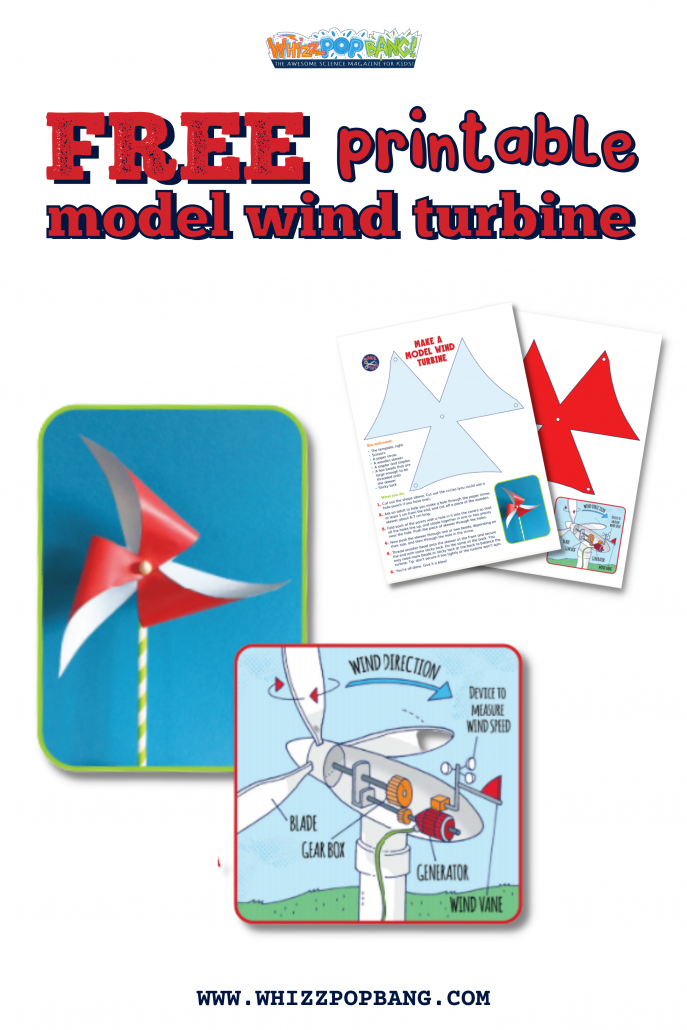
Print, cut and craft a working wind turbine!
You will need:
Printable template (below)
A paper straw
A wooden skewer
A stapler and staples
A few beads that are large enough to thread onto the skewer
Sticky tack
Bonus activity: upside-down glass experiment
This activity is taken from Whizz Pop Bang’s Awesomely Amazing Science Club – download the entire pack here!
If you have any comments or questions about our free year 2 science experiments and reading comprehensions, please leave a comment for us. Or do you have any science homeschool ideas or general home educating ideas for 6 and 7-year-olds? We’d love to hear from you!

Whizz Pop Bang magazine and teaching resources are brilliant ways to enhance your school’s science teaching:
- We provide downloadable science lesson plans, PowerPoint presentations, hands-on investigations and science reading comprehensions written by primary school teachers.
- Whizz Pop Bang teaching resources link to the National Curriculum, ensuring correct coverage.
- All of our resources are year group specific, ensuring progression between the years.
- We make cross-curricular links to other subjects, such as English, Maths, History, Geography, Art, Design and Technology and PSHE.
Prices from as little as £197.99 per year for a copy of Whizz Pop Bang magazine through the post each month and whole-school access to our ever-growing library of downloadable teaching resources, with unlimited teacher logins.
We’ve also launched a new individual membership option so teachers and home educators can access all of our amazing downloadable resources for just £20 for the whole year.

